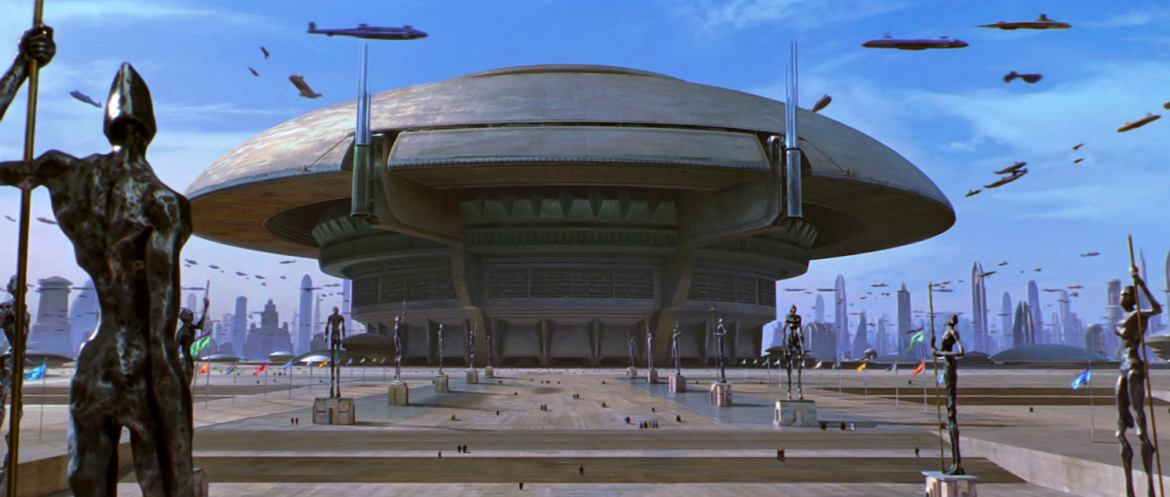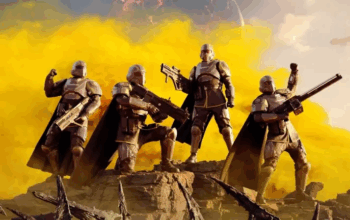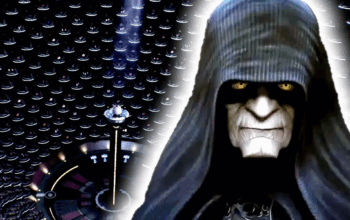A Representative Democracy? An Oligarchy? A wretched hive of scum and villainry?
One of the main points George Lucas sought to illustrate in the Star Wars prequel trilogy was the fall of the Galactic Republic. A clear cautionary tale of how a democracy falls victim to authoritarianism and a military-industrial complex. The reason for this is decades of decaying corruption and the stresses of the Clone Wars that would transmute this (theoretically) democratic Republic into a highly centralized and astutely authoritarian Galactic Empire.
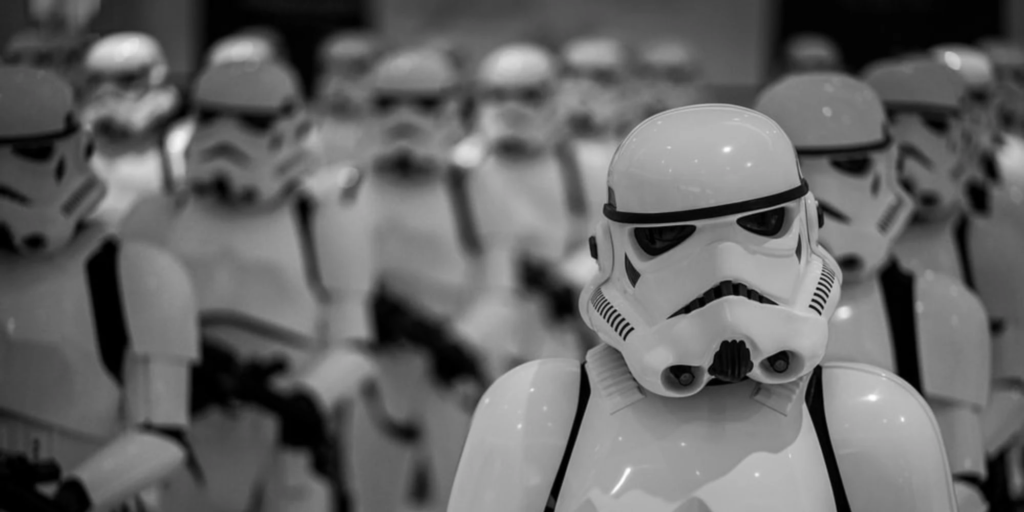
While many fans viewed Star Wars‘ political scenes as a detriment in the films – since the selling point of the series was always about the action and space wizards – politics were a critical component of the universe and its worldbuilding. Despite the prequel’s faults, they were successful in expanding Star Wars by fleshing out the galaxy and laying out the groundwork for how exactly this Galactic Empire came to be and what exactly made them so “evil” to begin with.
Related Article: The Surprisingly Deep Politics of Star Wars: The Clone Wars
But what form of government was this Galactic Republic, exactly?
Structure
Like any good fantasy, there’s never a 100% accurate comparison to the Galactic Republic (GR) in our real world. Based on what we can see of the GR’s proceedings and the roles of its members, the constitutional charter of the GR doesn’t seem to resemble the United States or similar Democratic Republics. Since most of their member words are primarily governed by their own local magistrates with Galactic-level laws mostly pertaining to trade regulation and treaty enforcement. This arrangement is much closer to a Confederation than a traditional Republic.
Instead, the GR’s closest counterpart would be the European Union if it were to become fully federalized.
The biggest reason being that apart from pooling resources to form a common economy with its own regulations and standards, the systems of the GR and nations of the EU each exhibited their own sovereign autonomy with radically different forms of government. A good number of these planets appear to be lorded over monarchies, while some planets are more democratic. Some planets like Naboo were both – centrally-administered monarchies with term limits whose ruling families are elected by the people.
The movies themselves never gave a clear description of how the inner workings of The Galactic Republic were structured, but there are some clues the films and the Expanded Universe provided. The impression we were given is that it’s made of thousands of star systems (though the exact number is unclear). Systems are typically named after the main inhabited planet within its orbit. Sometimes there are several such planets and moons within a system, but only one is more populous and where it is governed.
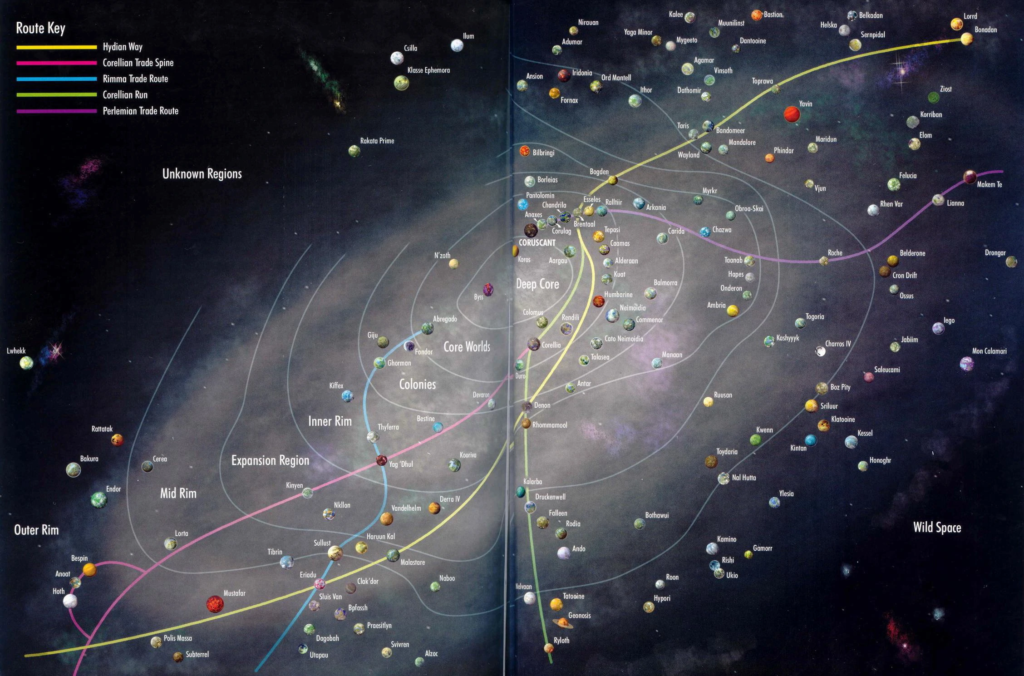
Representation In Government
The GR was very loose when it came to how their respective planets are represented. Since there can be multiple planets in a system (the Goldilocks Zone doesn’t seem to apply in Star Wars astrophysics) each planet has its own body appointed or otherwise. The majority of senators come from the heavily populated core worlds and the mid-rim. However, some sparse outer rim planets like Kamino are allowed in the republic if they provide a resource (in their case, clone soldiers).
Sometimes a single planet may have more than one senator from competing species or disjoint societies. For instance, both the Mon Calamari (the fish people) and Quarren (the even fishier people) have senators despite being from the same planet – Mon Cala.
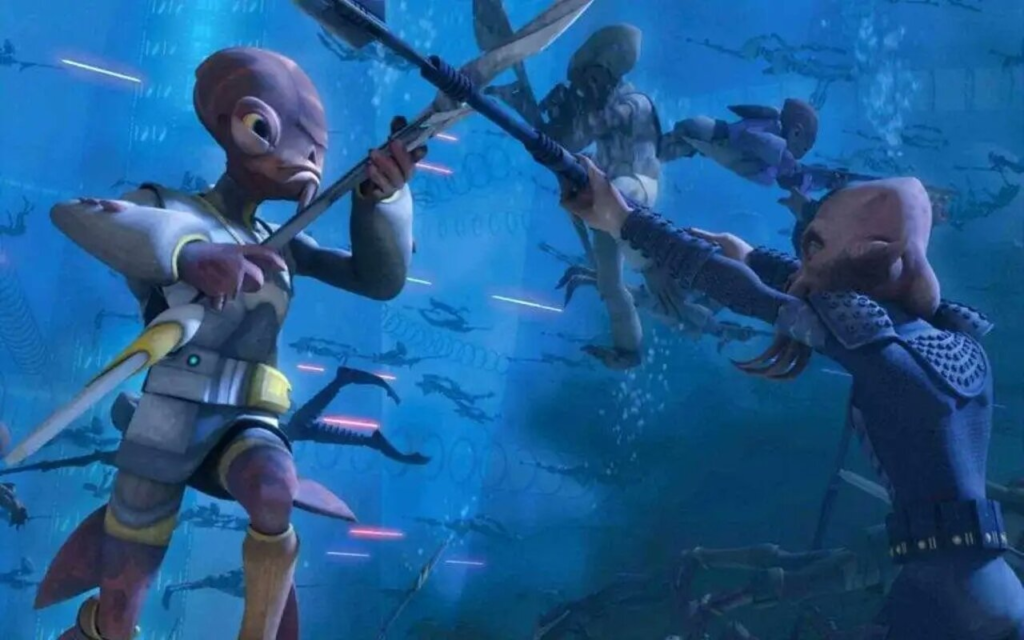
Conversely, Kashyyyk and Trandosha are both planets in the same system, but only Wookiees are represented as the Trandoshians don’t seem to have any, possibly because that would mean giving up their favorite passtime of hunting Wookies.
On other planets, tribes with less influence like the Gungans are given “educated delegates” known as Junior Representatives. This was exhibited when Jar Jar Binks becomes appointed as a representative of the Gungans while Padme represented Naboo as a whole.
Sometimes sitting senators have more power than the power within their planet than the actual governor. This was exhibited in the power struggle between Ryloth senator Orn Fre Taa and local freedom fighter, Cham Syndulla, who fought for Ryloth’s self-governance before the Clone Wars even started.
Partisan politics were never explicitly portrayed described in the films, but some factions were shown in the Clone Wars TV series and Revenge of the Sith deleted scenes. For instance, both Padme Amidala and Bail Organa represented the Peace Faction – aimed at negotiating peace with the CIS separatists. Others, like those led by the likes of Mas Amedda, comprised the largest body in the senate and were supportive of Palpatine’s increased powers, favoring instead to continue and escalate the war and “strengthen” the GR through increased centralization of powers.
As the Clone Wars spread, republic-aligned systems refused to back the war effort. This was exhibited in the Clone Wars TV series, where Mandalore is the defacto leader of the Delegation of 2000 that wished to stay neutral throughout the conflict. This situation carried echoes of the early days of American Civil War, where a few southern states like Tennessee and North Carolina tried to stay neutral until being surrounded by all sides by Confederate states.
It Was Never a Democracy
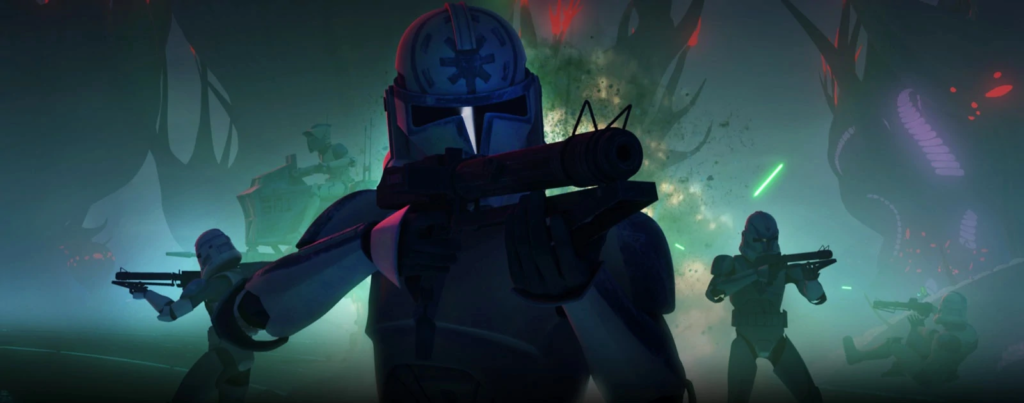
Despite being called a “democracy” in on-screen dialoge, in practice the GR is more of an assorted oligarchy than a truly representational democracy.
For the majority of the senators and representatives we meet, they don’t appear to be elected by the constituents of their worlds, but rather appointed by the system governing body who happen to be the planet’s nobles and aristocrats. Imagine in the United States governors have the power to appoint senators however they please.
Another key difference within the GR’s constitutional charter is how the chancellorship appears to function. This is another element that’s more like parliamentary democracies in that the head of state is the leader of the largest party – a Prime Minister, more or less. This was implied in Revenge of the Sith where Palpatine told Mace Windu that “the Senate would vote to continue the war as long as grievous is alive” – implying that Palpatine is not only the executive authority he is also legislative by this point.
In Revenge of the Sith it was established that the senate permitted the Chancellor Palpatine to remain in office beyond his expired two terms. This implies that there hasn’t been a fair election since his rise to power in the decades since The Phantom Menace. Palpatine’s skill as a politician was spent persuading the greater political bodies to keep him on indefinitely reveals the amount of influence he aquired over the past decade. It also heavily implies that the chancellor was chosen and elected by the body of senators, not a popular vote.
One notable feature is certain business conglomerates like the Trade Federation and Banking Clan being appointed seats in the senate. Imagine Amazon and Wells Fargo having their senators in congress. That way, they won’t have to bribe senators to stop campaign finance reform, they can just vote on it themselves (on top of continuing to bribe those senators).
Pro-Human Bias
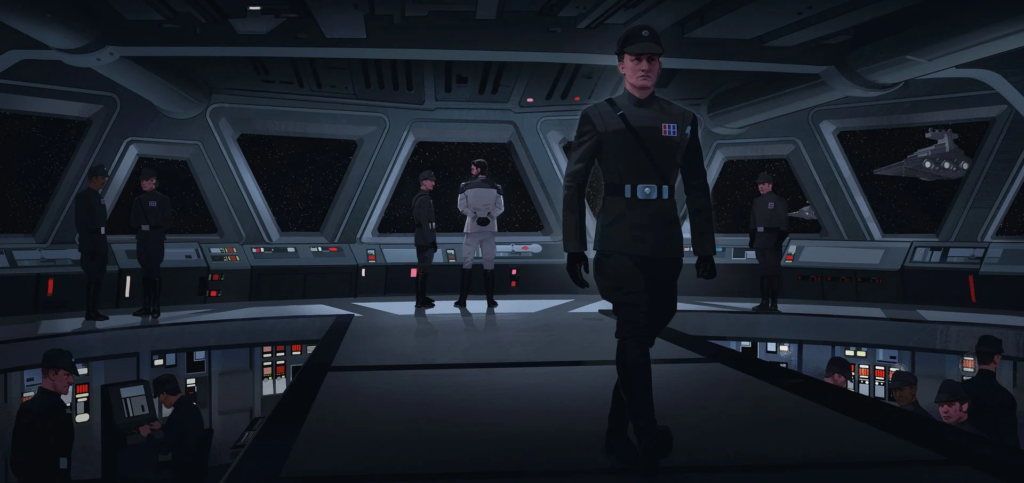
Despite having a diverse array of alien species, the most numerous ones are humans. The majority of the human systems come from the core world, which is located in the central sphere of the galaxy. An unspoken human majority appears to dominate a good deal in galactic politics.
One of the subtleties of Star Wars was the Empire’s racist cast system without showing it. It has always been an unspoken rule that racism in Star Wars was more implied rather than shown. Certainly, it is a budgetary reason since all that makeup and prosthetics are expensive. Furthermore, audiences typically relate to human characters more. This is why characters like Chewbacca are relegated to side characters
In the Darth Plagueis novel, one of the core reasons for choosing his apprentice to make the run eventually is because he’s a human, one charming and charismatic enough yet moderate enough in order not to alienate his alien colleagues. In no way did Palpatine carry any progressive ideals, merely saw the use in other species.
The Outer Rim

Throughout the films there is a lot of talk about the “Outer Rim”, to which the republic has limited jurisdiction.
In a way, the Outer Rim is akin to the American frontier during the 19th century. Some outer rim worlds are the destination Of settlers and refugees. Others like Geonosis are more populated alien worlds not aligned to the GR. At the same time, many crucial blocks like the Trade Federation have been making serious investments in developing and civilizing the outer rim. This presented a central conflict in The Phantom Menace as the senate passes tariffs on trading routes to the Outer Rim.
Some of these Outer Rim worlds would play a key part in the separatist movement in the Clone Wars. These worlds, such as Raxus, have grown fed up with the GR’s oversight and corruption. Therefore it was easy for them to be persuaded by Count Dooku into joining his newly formed “Confederacy of Independent Systems”.
Relationship with the Jedi

The Jedi order has always been something of a quasi-independent branch of the government. More akin to a warrior clergy like the knight’s templar in medieval times. Their job was to maintain peace and order within the Republic. Officially the order worked as the Republics’ religious enforcers, with their doctrine dependent on their interpretation of the Force.
Within the Republic, the order often took children from their families when they were very young. Their reasoning being that it’s dangerous to force sensitive children to grow up without guidance and to be more susceptible to fear and attachments that lead to the dark side. While some families felt honored that their children would have an opportunity to live the life of other in the galaxy regarded the Jedi as baby snatches which has led to much tension among the greater public and Jedi as a whole.

The real problem, however is that to the Jedi peace isn’t always resolved in true justice. The Jedi Order was more interested in settling negotiations than solving the galaxies’ internal problems. The Jedi would rather deal with the planet’s ruling elite rather than the inhabitants as a whole.
The Jedi may have started as a check on the executive authority, but as they got more involved in Republic bureaucracy, they became more permissive to corruption and bribery in the senate. This results in the lack of meaningful public reform giving more power to corporations and cartels that have no oversight of running the galactic economy.
In a sense, the Jedi were corrupted not in the sense that they were bribed but became more stoic and traditional in their values of non-aggression and negotiation. The Jedi were stoic in the idea that they could just play Total War with the universe. Despite not demonstrating that in the past 1000 years, they have been unable to conduct war effectively.
At its core the order believed themselves to be the preservers of democracy; the reality is anything but.
One crucial line said by Kenobi during Anakin’s little existential crisis was “Our allegiance is to the Senate not to its leader”, implying the Jedi provided a check against a chancellor that disagrees with their religious doctrine.
Conclusion
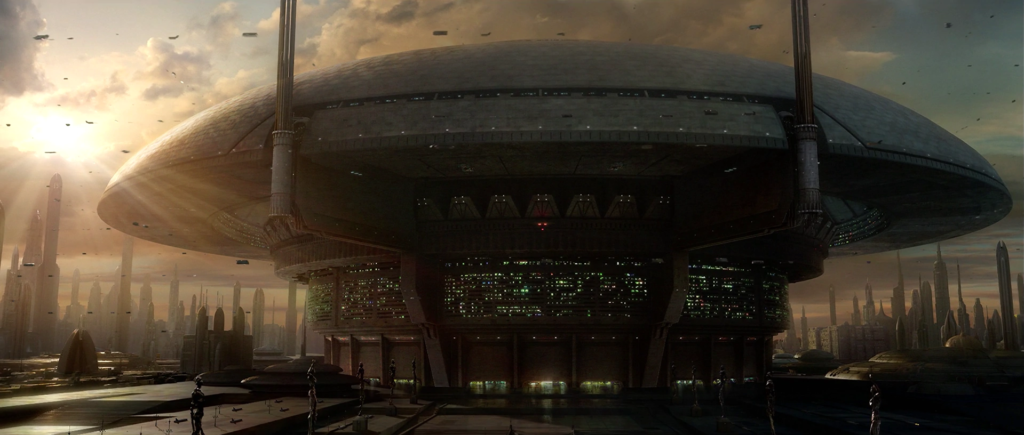
There’s so much more detail than could be discussed, but it is important to give a bare summary to understand the prequels about a cautionary tale of how a democracy falls into a dictatorship not by conquest, but by the gradual accumulation of power given by the senate themselves. Sacrificing their moral responsibilities in favor of a strongman to solve their problems is a reality too similar to our own.
In the words of YouTuber MisAnthropony
“Palpatine didn’t get rid of the republic he took it over from the inside, he remade the government in his image.”
Even before his imperial declaration, Palpatine expertly crafted himself as the infallible leader capable of leading the galaxy through the chaos is a human complex all dictators strive towards. The core message that George Lucas describes is that Absolute power is almost never taken by force but given by desperate or ambitious people, circumstances that are just as easily susceptible in our time.
